The figures: 13cm high,
The frames: 21.5cm high; 17cm wide; 5.5cm deep
The celebrated wax modeller, Kaspar (Caspar) Bernhard Hardy (1726-1819) may be described as a ‘Renaissance man’, having pursued a variety of disciplines including the arts of painted enamel, engraved shells, glasswork and bronze casting. However, it was skill in wax modelling for which he was most recognised, “in wax modelling, Hardy achieved a position which has not been reached by anybody else. He started, following the taste of his time, with low reliefs of great men, portraying them with apt traits of nature and character. He also paid great attention to a natural moulding of material, especially of lace. He then continued with genre figures, full of psychological truth, and with idylls, which reveal the purest and tenderest sentiments” (E.J. Pyke, A Biographical Dictionary of Wax Modellers’, Oxford, 1973, p. 63). Admired for his talents, he found friends and patrons in Franz Ferdinand Wallraf (1748-1824), founder of the museum in Cologne, and Johann Wolfgang von Goethe (1749-1832) who acquired eight of Hardy’s wax figures, now on display in the Goethe Nationalmuseum in Schloss Tierfurt in Weimar.
A German cabinet containing forty-eight similar wax reliefs by Kaspar Bernhard Hardy, circa 1795 was sold Christie’s London on 13 November 2019 (£37,500).
Literature: A. González-Palacios, A Secrétaire by Theodor Comer with Panels Containing Wax Figures by Caspar Bernhard Hardy, Kunstkammer Georg Laue, Munich, 2016
Compare also with a couple of wax reliefs at the Victoria and Albert Museum, London (inv. nos. A.1-1993 and A.2-1993).


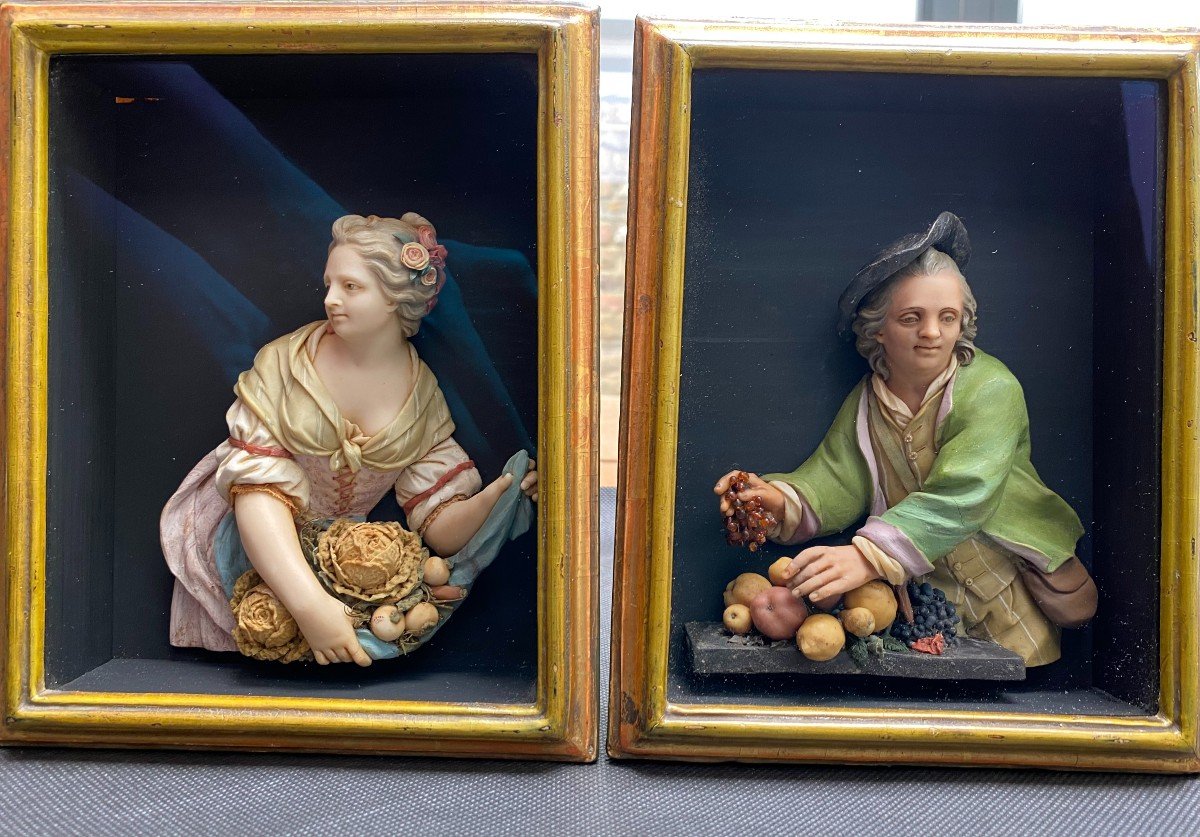

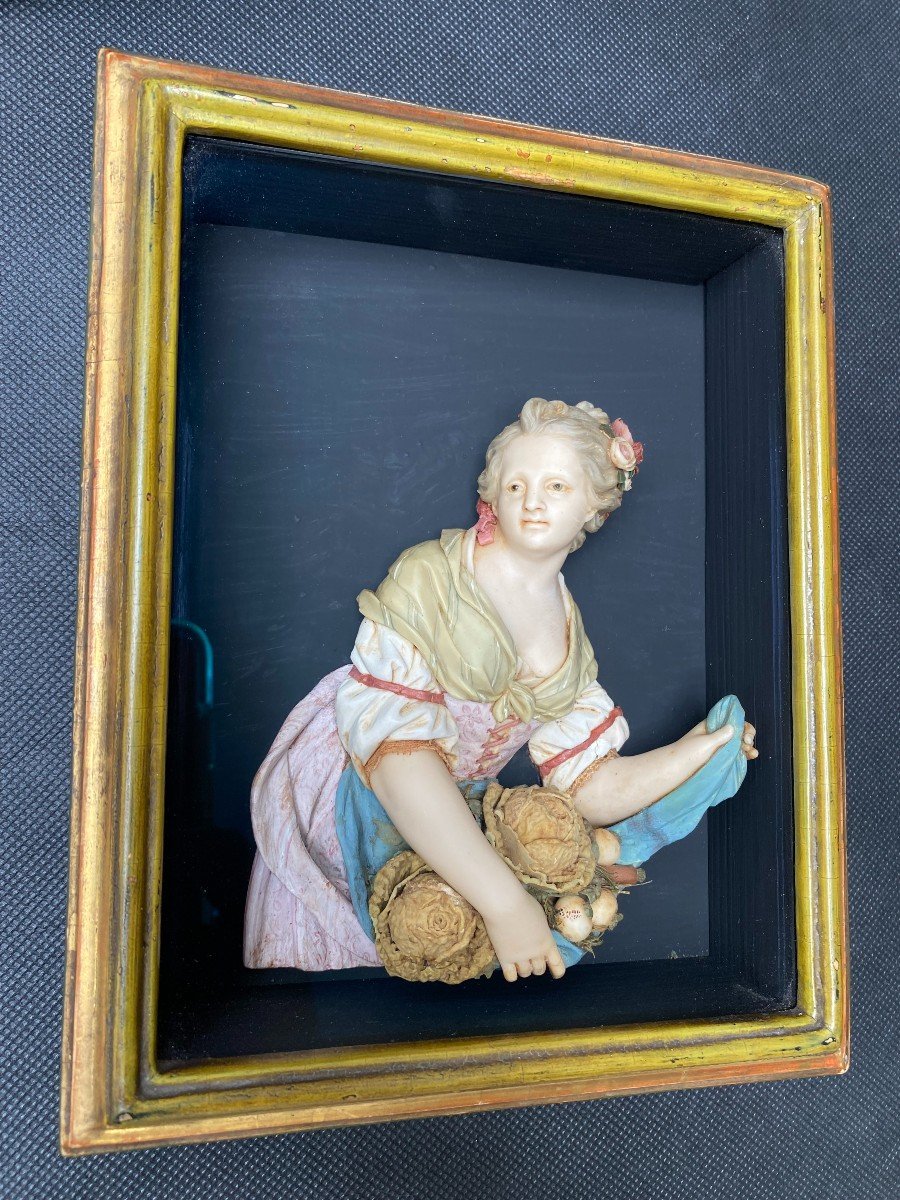
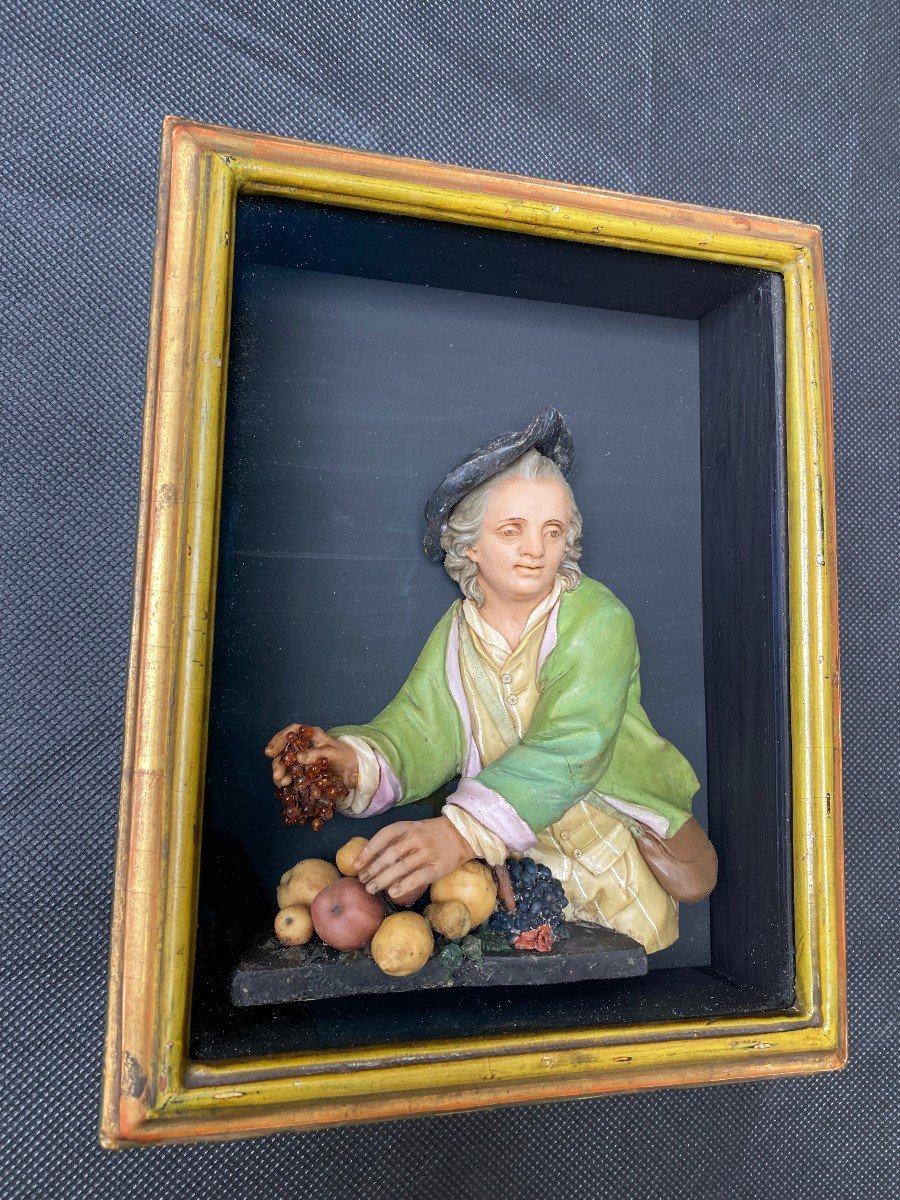
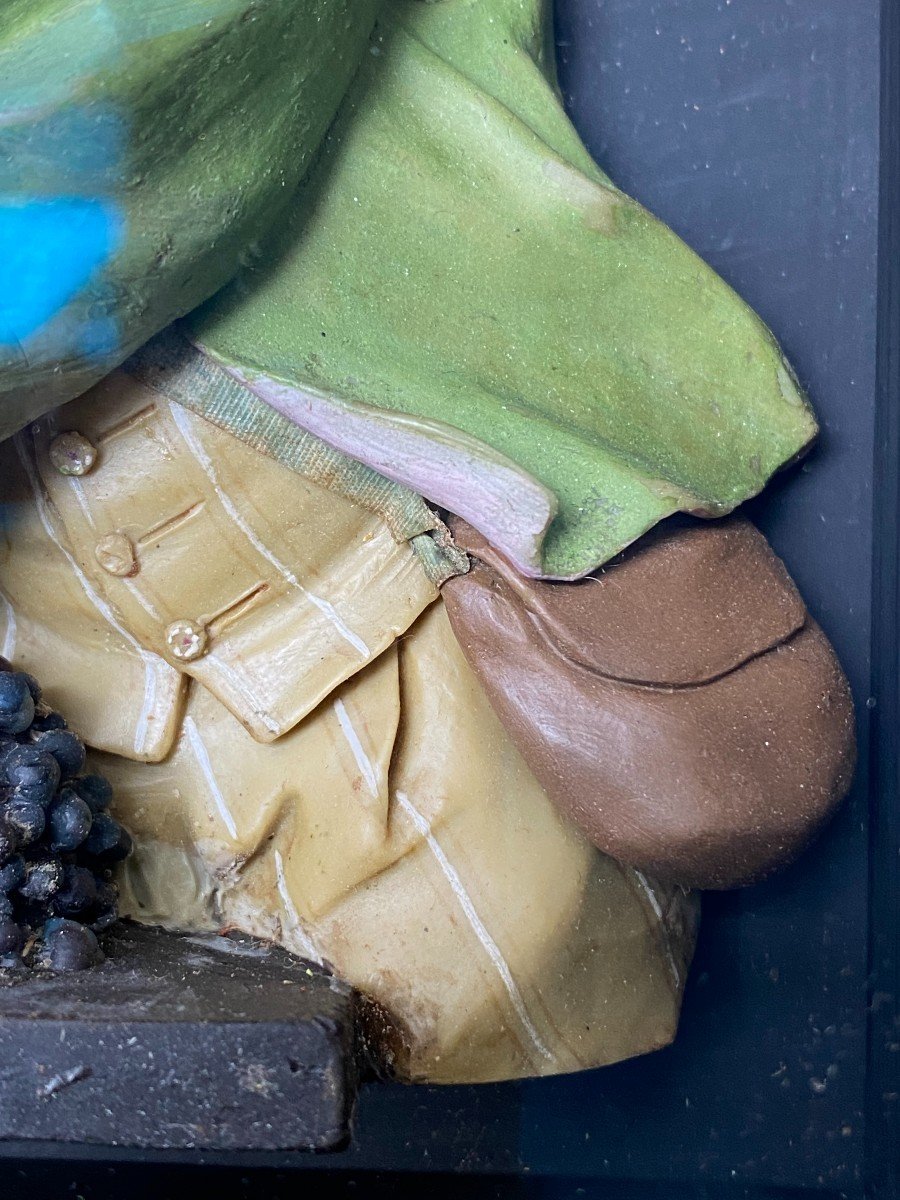

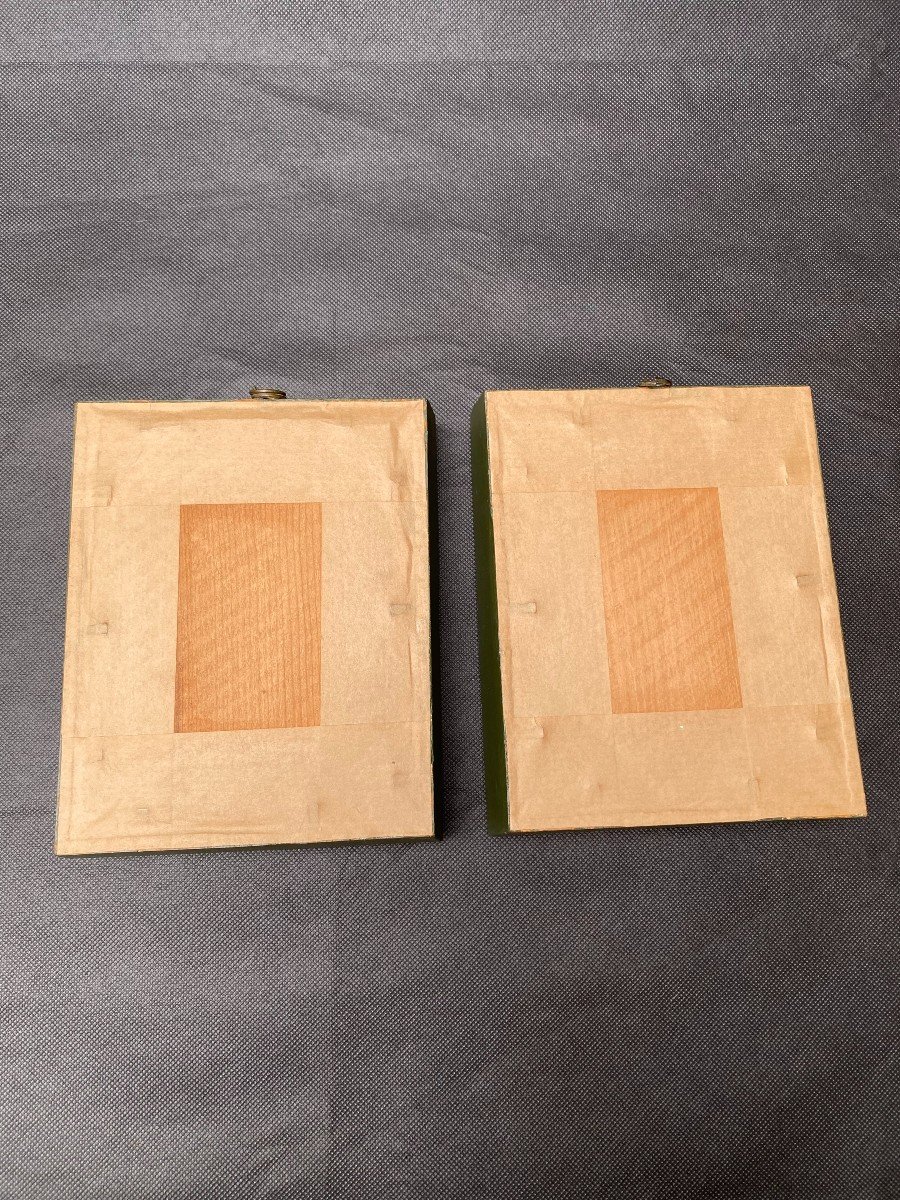
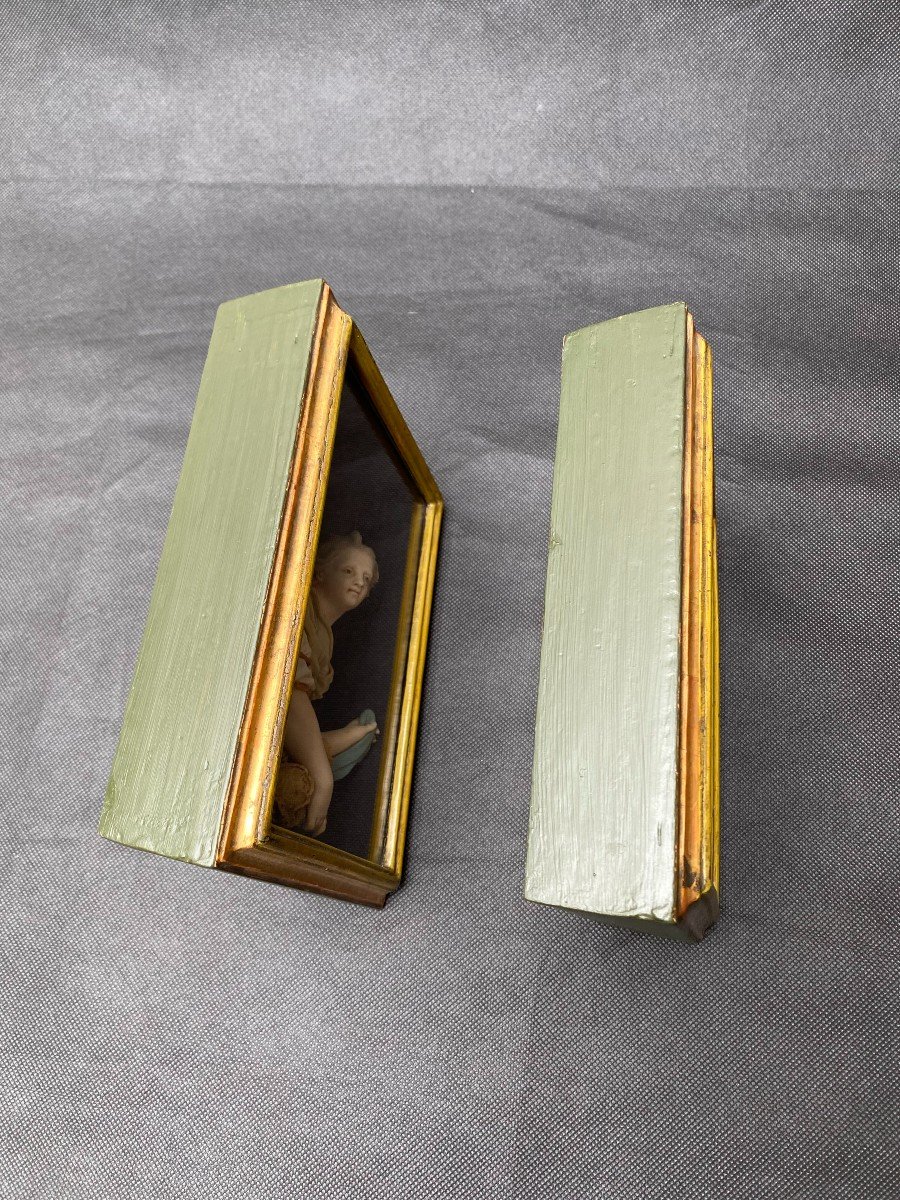
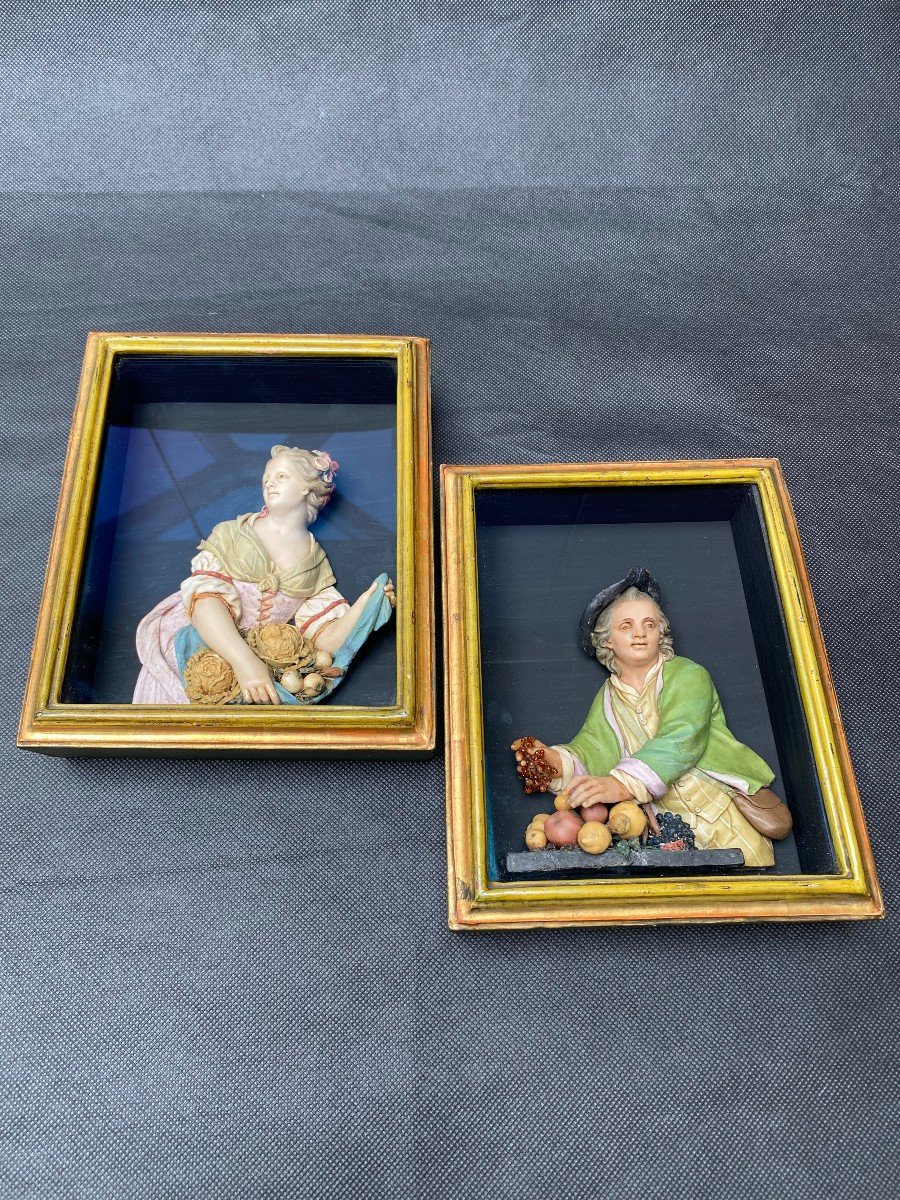
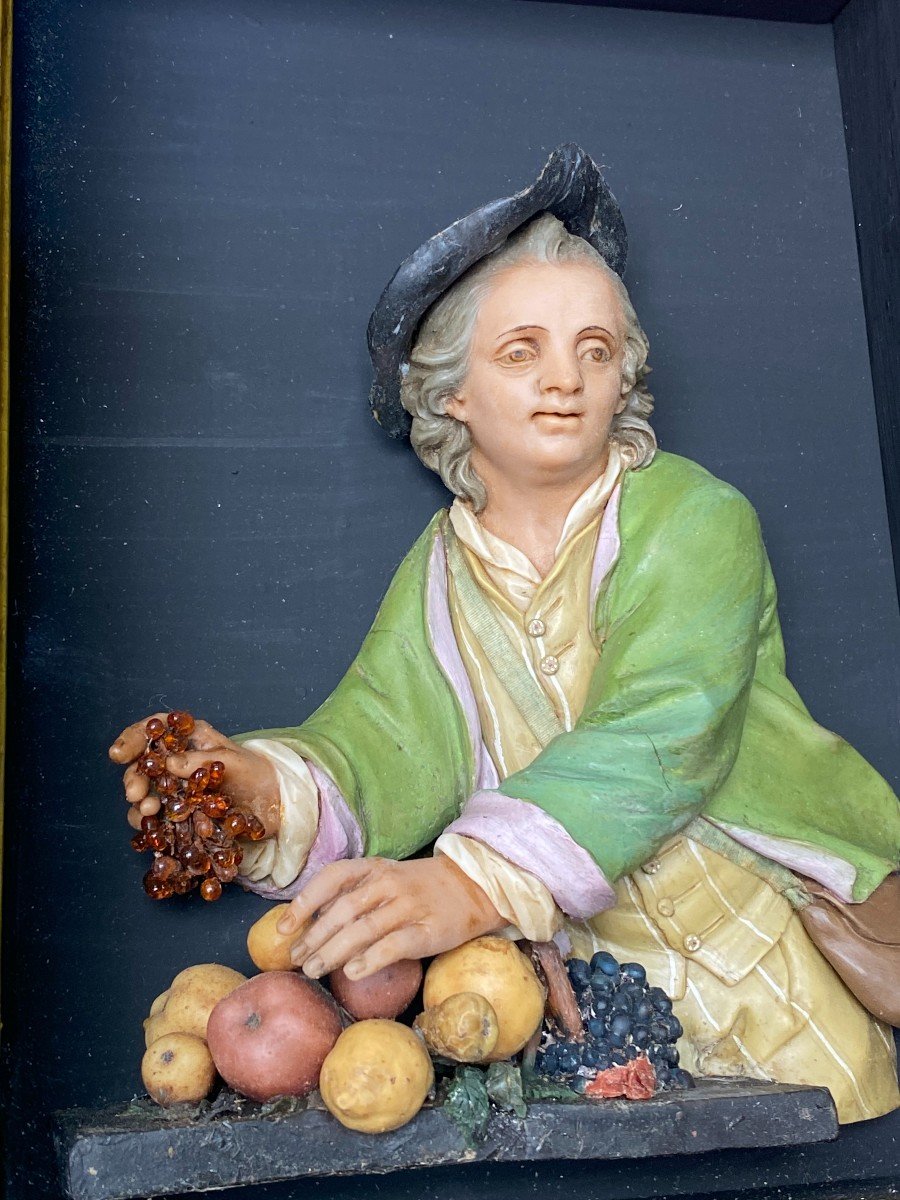
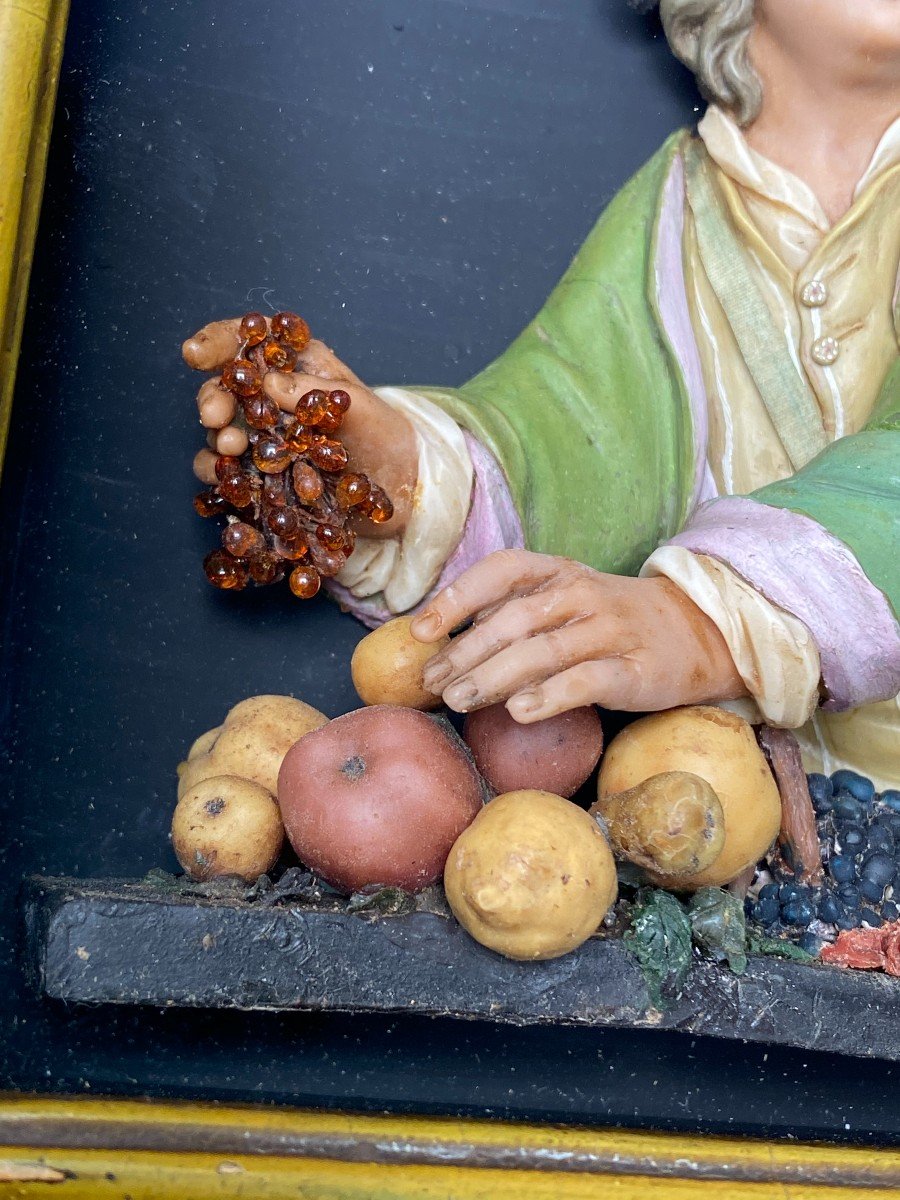
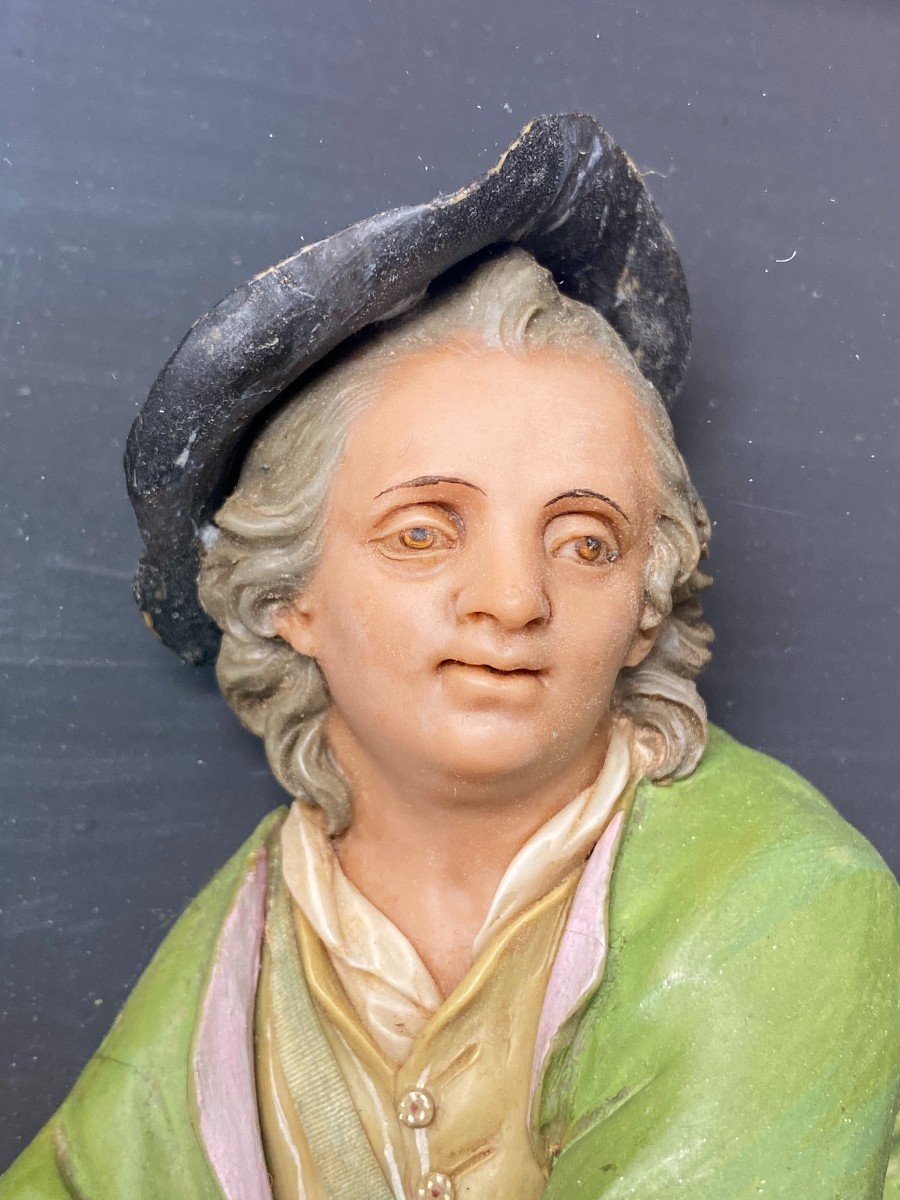

















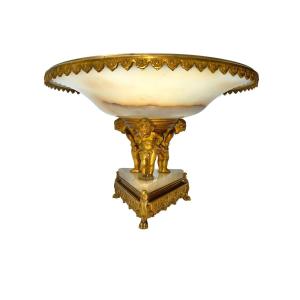
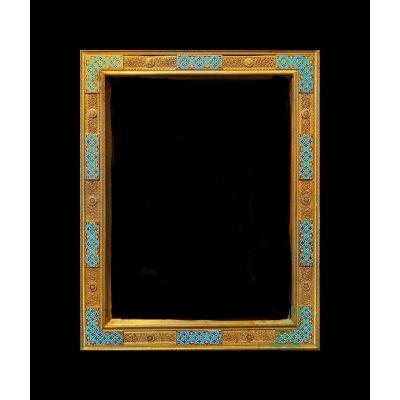

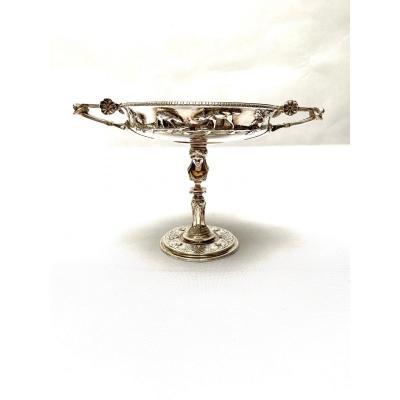

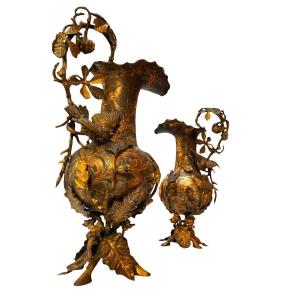
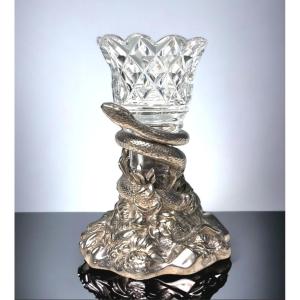


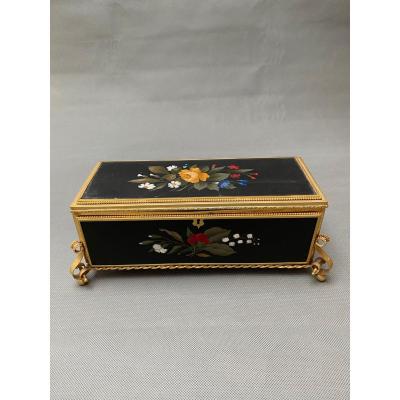









 Le Magazine de PROANTIC
Le Magazine de PROANTIC TRÉSORS Magazine
TRÉSORS Magazine Rivista Artiquariato
Rivista Artiquariato